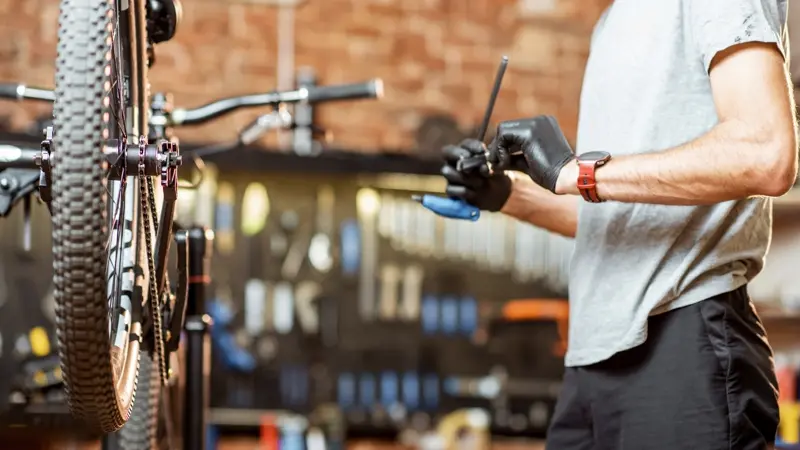Whether you’re just riding for fun or you’re a pro cyclist, you’ve probably faced some unexpected bumps along the way – things like flat tires, loose bolts, or a messed-up chain. In times like these, having a bike multi tool with you can be a lifesaver and help you get going again without much hassle. So let’s dig into the world of bike multi tools and see how these nifty little gadgets can improve your cycling experiences, making them smoother, safer, and more enjoyable.
Table of Contents
Getting to Know Bike Multi-Tools
Bike multi tools are compact, portable devices that bring together all the essential tools you need for basic upkeep and repairs on your bicycle. Crafted from sturdy materials like stainless steel or aluminum, they’re made to handle regular use and easily tackle common issues cyclists face.
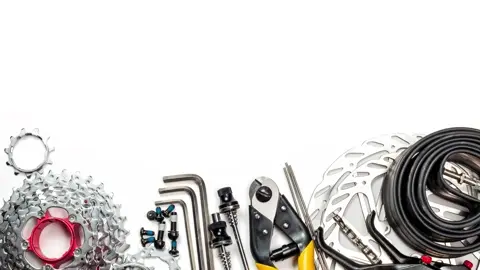
Common Tools Found in Bike Multi Tools
While there are many different types of bike multi tools available in the market, but most of them have some basic tools in common:
- Allen keys or hex wrenches: Arguably the most used tools in a bike multi tool, they’re available in various sizes from 2mm to 8mm and help tighten or loosen hex bolts on bike frames, components, and accessories.
- Screwdrivers: Flathead and Phillips head screwdrivers can be included to adjust derailleurs, brakes, or other screw-fastened components.
- Torx wrenches: With Torx screws becoming more common in bike components (especially disc brake systems), many multi-tools now feature Torx wrenches as standard – think T25 and T30 sizes.
- Chain breaker or chain tool: A broken or damaged chain can leave you stranded, but having a chain breaker lets you remove damaged links and reassemble the chain with a spare quick-release link.
- Spoke wrench: Essential for tightening loose spokes, truing wheel alignment, and ensuring even spoke tension, spoke wrenches come in different sizes to fit various spoke nipples on bike wheels.
- Tire levers: No cyclist can escape flat tires! Tire levers either integrate into the multi-tool design or come as separate attachments, making it easy to remove tires from the rim for repair or replacement.
- Tweezers or pliers: When larger multi-tool parts just won’t do for smaller jobs like handling split pins or cables, tweezers or mini-pliers step up to the plate.
- CO2 inflator: Some bike multi tools include compact CO2 inflators for swiftly reinflating tires after fixing punctures.
- Disc brake pad spreader: Found in specialized multi-tools for disc brake systems, this tool helps riders separate brake pads when reinstalling wheels or replacing worn pads.
- Presta valve core tool: With tubeless tires gaining traction in the cycling world, having a Presta valve core tool at hand to tighten or remove valve cores during maintenance is a big plus.
Keep in mind that individual bicycle multi-tools will differ in their specific offerings, but most aim to give cyclists those essential items needed to tackle common issues on the road or trail.
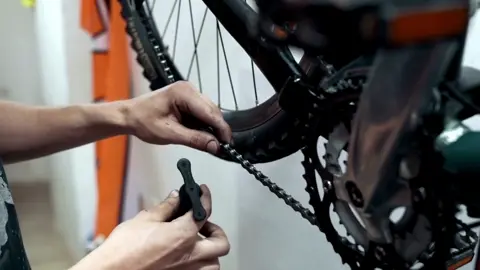
How to Choose the Right Bike Multi-Tool
Picking the perfect bike multi tool is a must for cyclists of all levels, whether you’re a casual rider or a professional racer. Here are some helpful hints on finding the right one for you:
1. Look for the basics: A solid multi-tool should have everything you need for common repairs and adjustments. You’ll want hex wrenches (a.k.a Allen keys) in various sizes (usually 2mm to 8mm), Phillips and flathead screwdrivers, Torx wrenches (usually T25), and a chain tool. Some fancier options also come with spoke wrenches, tire levers, or even CO2 cartridges to fix flat tires.
2. Go for quality materials: The durability of your multi-tool depends on what it’s made of. Your best bet is stainless steel or hardened aluminum alloys, which resist rust and have strong tensile strength. Sturdy construction is key so that your tool can handle some force when in use.
3. Keep size and weight in mind: Multi-tools are awesome because they’re portable! Find one that’s compact and light enough to easily take with you on your rides, without sacrificing functionality or durability. Remember the sweet spot – if a tool is too small or flimsy, it might break under pressure or not work well.
4. Think about ergonomics: It’s important that your multi-tool feels good in your hand when applying force during repairs or adjustments. Models with ergonomic handles or fold-out leverage bars can really upgrade user comfort.
5. Make sure it jives with your bike: A multi-tool needs to play nicely with your specific bike’s components – think bolt sizes and screw types unique to your ride’s setup. This goes double if you have unusual or custom components.
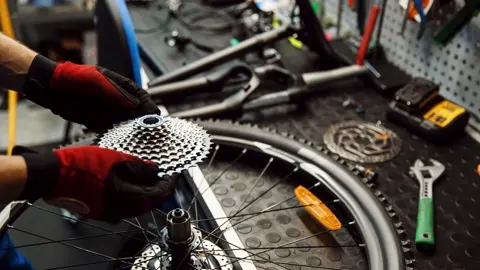
6. Choose reputable brands: Big-name companies often create reliable and sturdy tools that cater to pros and bike-savvy folks alike. Going with a well-known brand can ensure you’re getting a quality, long-lasting product.
7. Be smart about price: While you don’t need to drain your wallet on a multi-tool, it’s worth considering value for money. Mid-range priced tools usually strike the right balance between cost and quality. Beware of super cheap options that might use subpar materials.
8. Prioritize tool accessibility: A great bike multi tool should make it easy to reach all its handy features without taking apart the whole device. Whether it’s fold-out or slide-out designs, quick and easy access is the way to go.
9. Keep an eye out for extras: Some multi-tools offer bonus features like built-in storage compartments for spare parts or even an attached bottle opener. While not essential, these perks can add convenience and fun to your repair experience.
10. Check reviews: Before making your choice, see what other cyclists have to say about the multi-tool you’re interested in by reading online reviews and testimonials. Their first-hand experiences can offer valuable input on performance, durability, and ease of use.
Remember, finding the perfect bike multi tool depends on your individual needs as a cyclist and the possible challenges you might face while riding. Consider asking yourself these questions:
- What kind of bike do you own? Various bikes, like road, mountain, or hybrid, might need different tools. Search for a multi-tool that suits your bike’s specific components.
- How often do you hit the road or trails? Frequent riders may want a sturdier multi-tool, while occasional riders could choose something simpler and lighter.
- How good are you with bike mechanics? If you’re pretty handy with bike repairs, a more advanced multi-tool with extra features could be useful for you. But if you’re new to this, a straightforward tool with user-friendly functions might be your best bet.
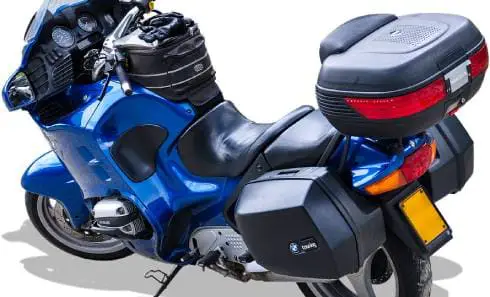
The Bottom Line
Investing in a high-quality bike multi tool is essential to be self-sufficient during your cycling escapades. By picking the right tool for your needs and getting acquainted with its functions, you’ll be equipped to handle any issue on the road confidently. So don’t hesitate! Gear up your biking adventures with the ideal multi-tool and embrace the peace of mind that comes from being ready for anything.
